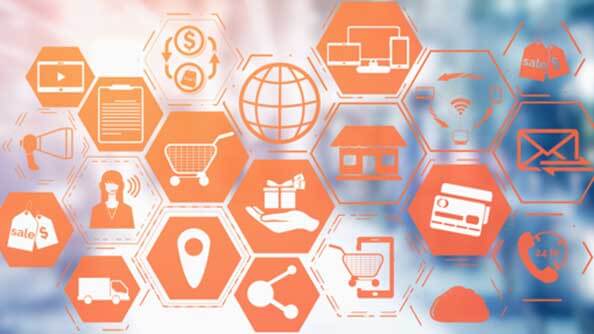Omni-Channel is Transforming the Logistics Industry
Omni-channel is a hot topic right now, but what does it mean? If you look up “omni” in a dictionary it is defined as all/everywhere. Applying this to logistics means that you can tailor the process to meet the needs of individual customers. Third Party Logistics (3PL) companies that are doing business in this fashion are transforming the industry. There are three areas where this true.
1. Customer Service
Customers are now using multiple methods of transacting business. They have come to expect that you can meet them wherever they are, whether that be off-line, on-line, or any combination of the two throughout the interaction.
To do this, 3PL companies need to ensure that they have flexible systems in place. For those customers who rely on traditional methods of interaction, such as the phone, call center staff need to be courteous, patient, helpful, and knowledgeable about all the capabilities of the business. For customers who prefer to work on-line, there should be one technology portal for all transactions. One order management system (OMS) should be utilized. Customers should be able to transact business seamlessly and consistently through whatever method is most comfortable and convenient for them. Ease and simplicity of reverse logistics will also go a long way in keeping customers happy.
2. Inventory Management
Inventory management in an omni-channel system is fully integrated. Inventory may be in a retail location, a distribution center, or a warehouse. Because of this, there needs to be tight control.
Visibility into inventory is crucial to ensuring that products are moving efficiently throughout the supply chain. Increasingly, technology is being utilized to perform this function in real-time. A warehouse management system (WMS) can identify the most efficient workflows. Inventory management software (IMS) can maintain a perpetual inventory to prevent overstocking and shortages. Software is available for forecasting and planning. Good communication and collaboration with suppliers and sharing of data will also help ensure optimal inventory management. In Logistics Business Magazine, Nick Lowe predicts that those 3PL companies that have adopted and embraced digital systems will be most successful.
3. Distribution
How the product gets to the end-user should not be overlooked. The end-user could be a retail store, distributor/wholesaler, or a consumer. The product may travel by truck, air, rail, or any combination. This past year has seen consumers moving away from brick-and-mortar shopping. This trend for e-commerce is expected to continue post-pandemic, stressing the transportation system. According to Brooks A. Bentz in Logistics Management Magazine, those in the logistics industry will be challenged to rethink their delivery models.
Keeping a pulse on inventory in transit will become even more important. Transportation management systems (TMS) can provide that visibility into the whole process, end-to-end. Weather, traffic, and infection protocols can have a significant impact on transit times. A TMS can find the best route based on conditions and availability of carriers, synchronizing many considerations at once. The goal is to deliver the product safely in the most timely, cost-efficient manner.
These key areas are important to consider when thinking about an effective 3PL omni-channel strategy. Customers have come to expect that their 3PL interactions will be individualized and seamless. Aero Fulfillment Services is committed to ensuring that expectation is met.
See if you can benefit from Aero Fulfillment Services’ experienced omni-channel strategy by taking this 1-minute survey.

